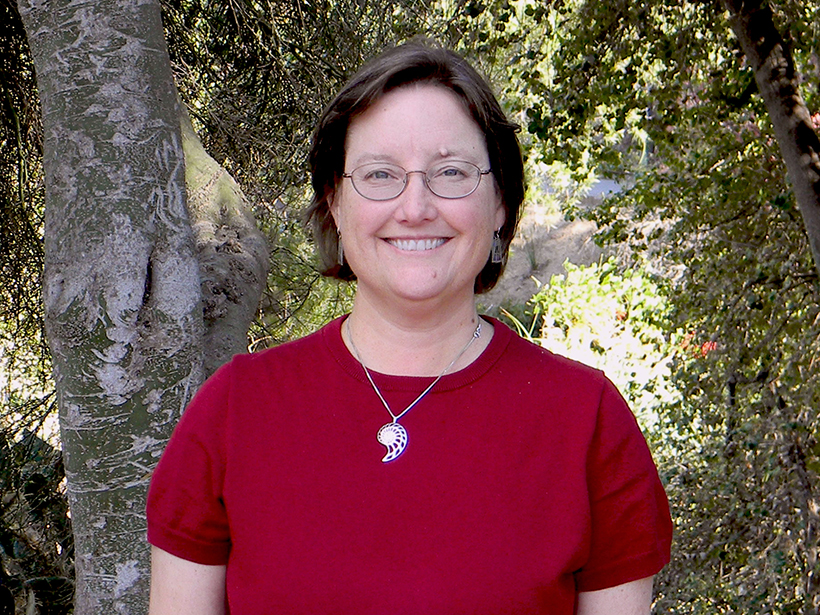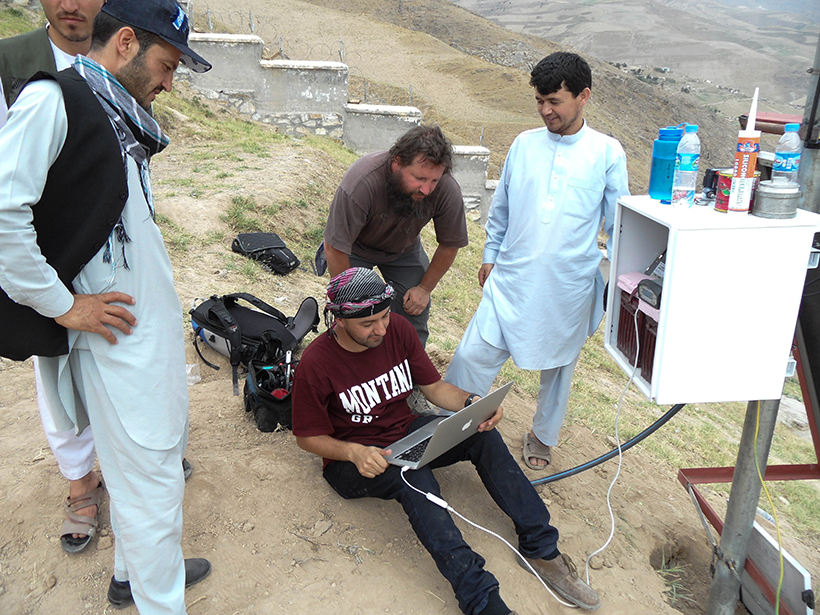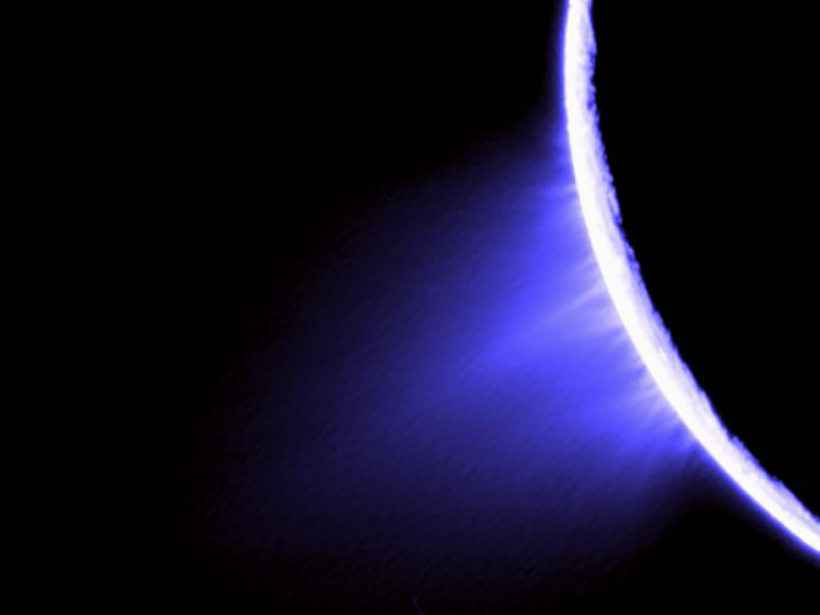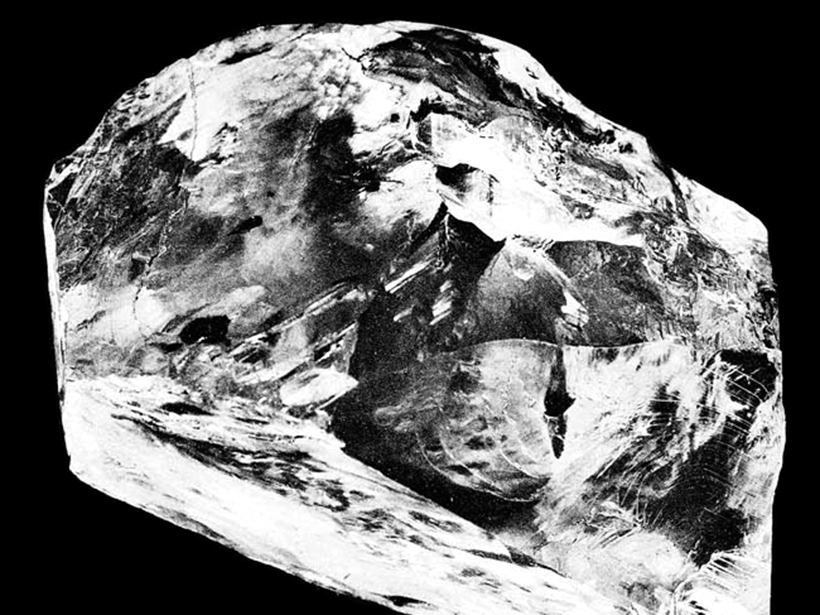Louise Kellogg, an influential solid Earth geodynamicist and leader of the geoscience community, passed away in April.
Earth’s interior
The Blob Causing Earthquakes
Geophysicists discover that a “blob” of rock sinking into the mantle is the force triggering earthquakes in the Hindu Kush.
Measuring Explosive Events on Earth from the Ionosphere
Natural and manmade explosive events occurring on or below the Earth’s surface can be measured remotely in different ways and different places from the ionosphere.
Looking Down to Reach to the Stars
Discoveries deep beneath Earth’s surface drive planetary exploration, and discoveries on other planets inform our understanding of the world beneath our feet.
Explaining the Genesis of Superdeep Diamonds
Real-time tracking during diamond anvil cell experiments indicates reaction rates may control the unusual depth distribution of the extremely rare diamonds that form deep within Earth’s mantle.
Seismic Anisotropy Due to a Compositionally Layered Mantle
Investigating the role of layered rocks and compositional banding on mineral scale in generating seismic anisotropy in the mantle.
Isotope Geochemists Glimpse Earth’s Impenetrable Interior
Painstaking measurements of isotopes and their relative abundance in rocks have illuminated the hidden inner Earth and our planet’s origins and shadowy past for much of the preceding century.
The Unsolved Mystery of the Earth Blobs
Researchers peering into Earth’s interior found two continent-sized structures that upend our picture of the mantle. What could their existence mean for us back on Earth’s surface?
Collaboration Reveals What’s Beneath the Surface
How do scientists look underground? Answering questions about Earth’s interior requires an attack from many angles.
Regional Metamorphism Occurs Before Continents Collide
Evidence from collision zones suggests that the high temperatures that create regional zones of metamorphic minerals occur in wide, hot back arcs prior to continental collision deformation.










